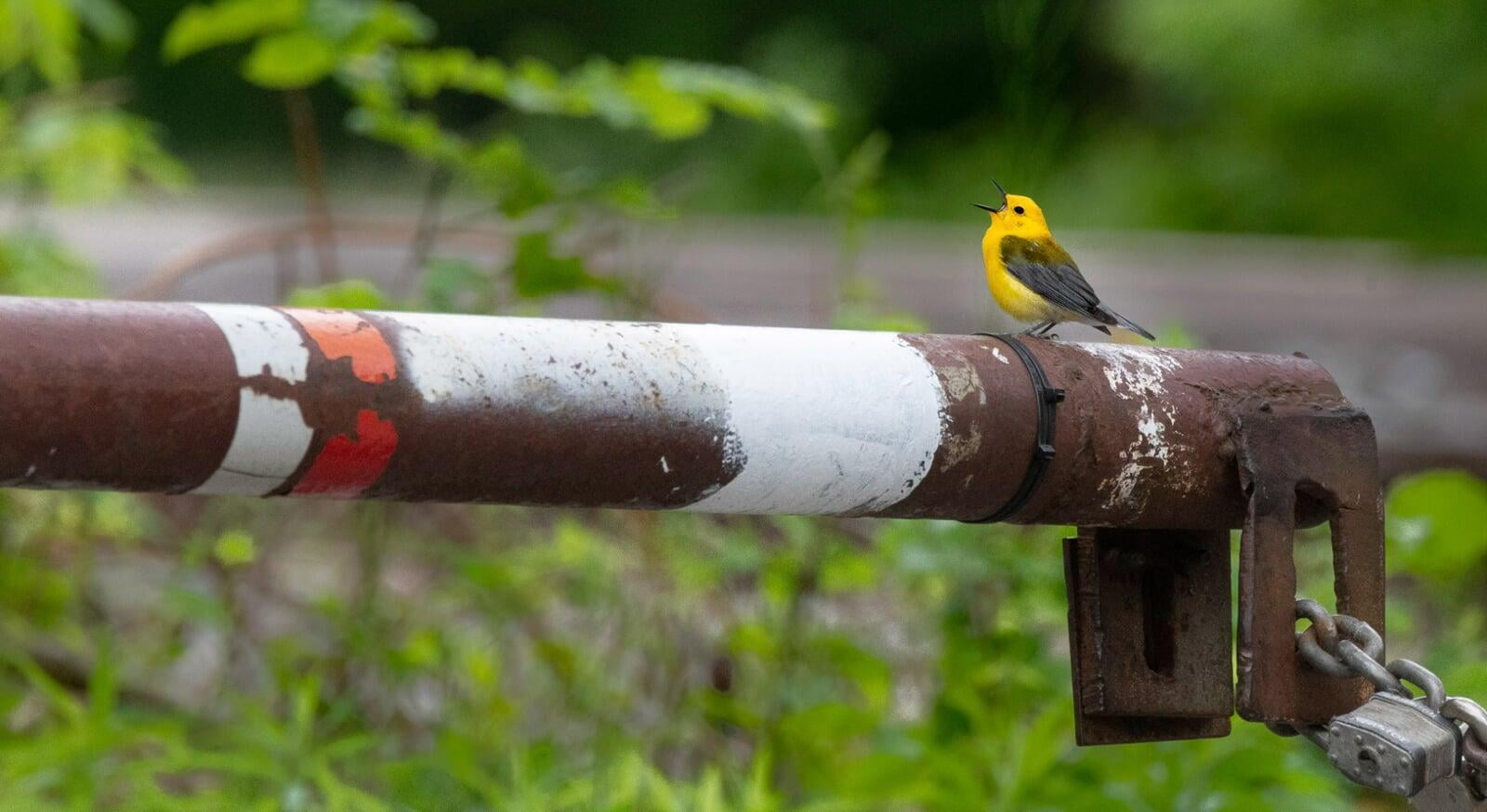A bird on many birders' life list to see the Prothonotary Warbler
A bird on many birders' life list to see the Prothonotary Warbler
The Prothonotary Warbler: A Birding Delight
The Prothonotary Warbler is a beautiful and unique bird that is a sought-after sight for many birders. With its bright yellow plumage and its habit of nesting in old woodpecker holes, this warbler is a joy to see. I was blessed with an experience with one particular warbler in early May. Here is the story of my experience and some information from various sources about the warblers and their habitat so that you may find your own story with P. Warbler. For more images of the experience see our website.
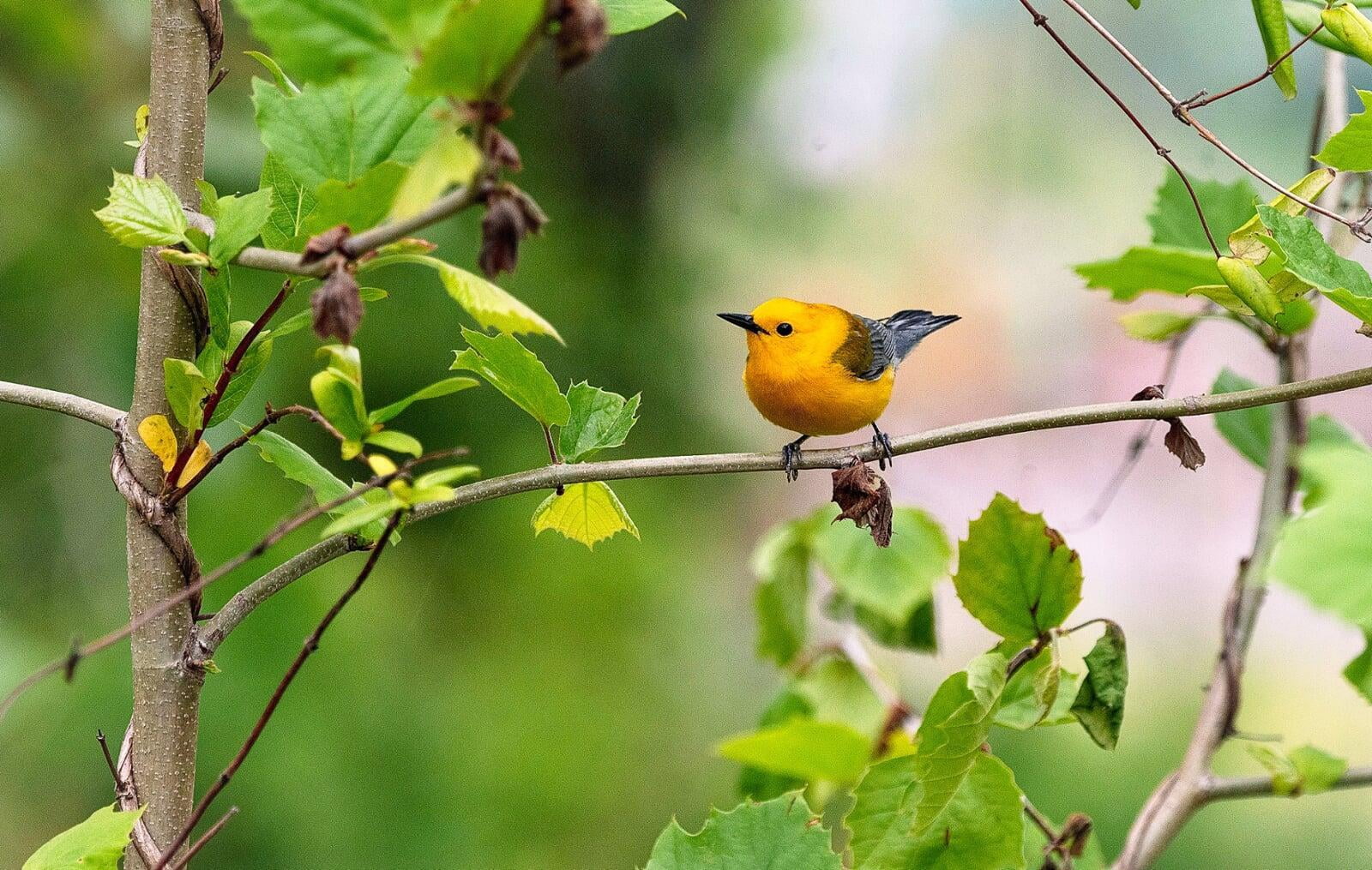
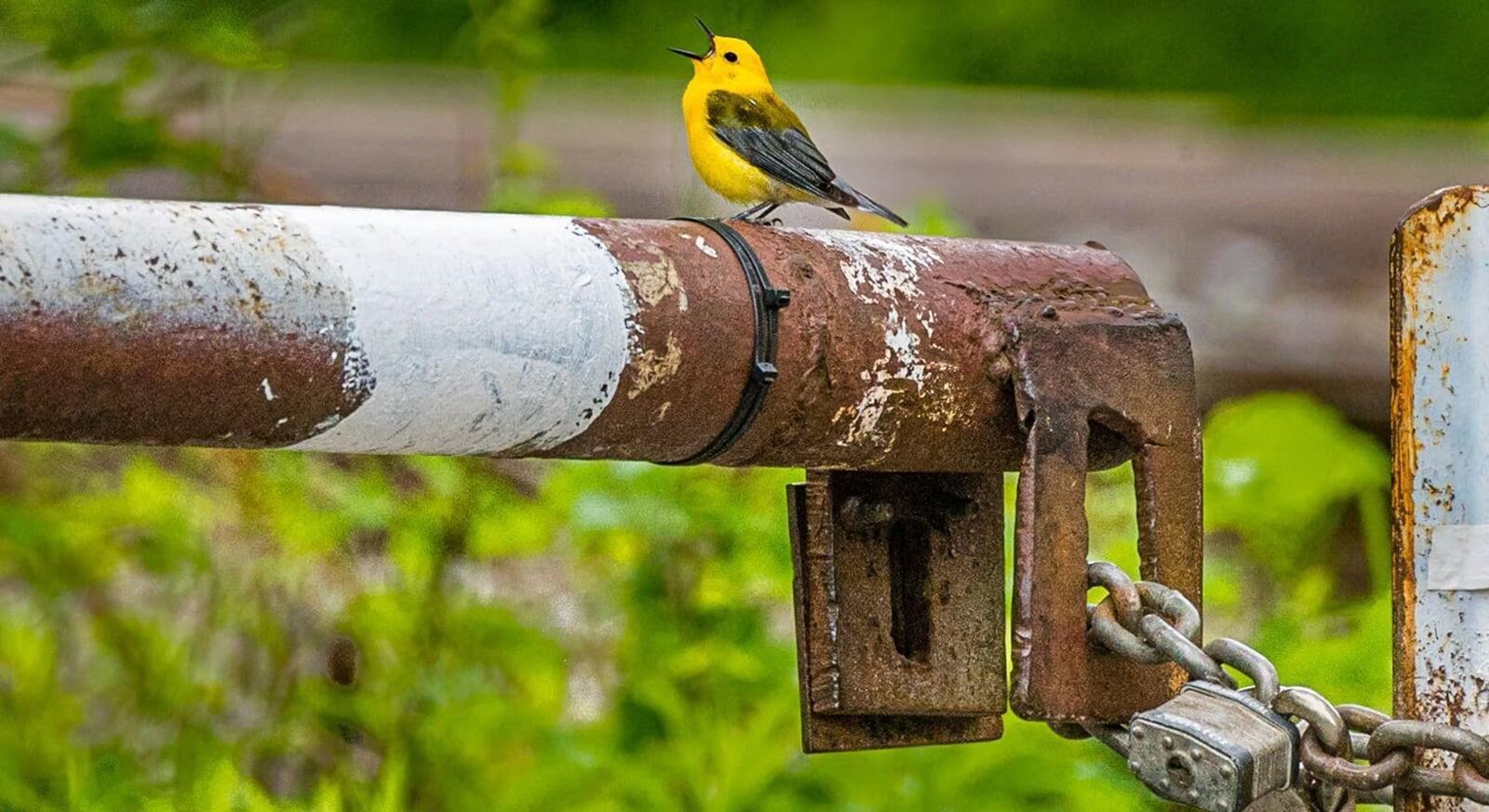
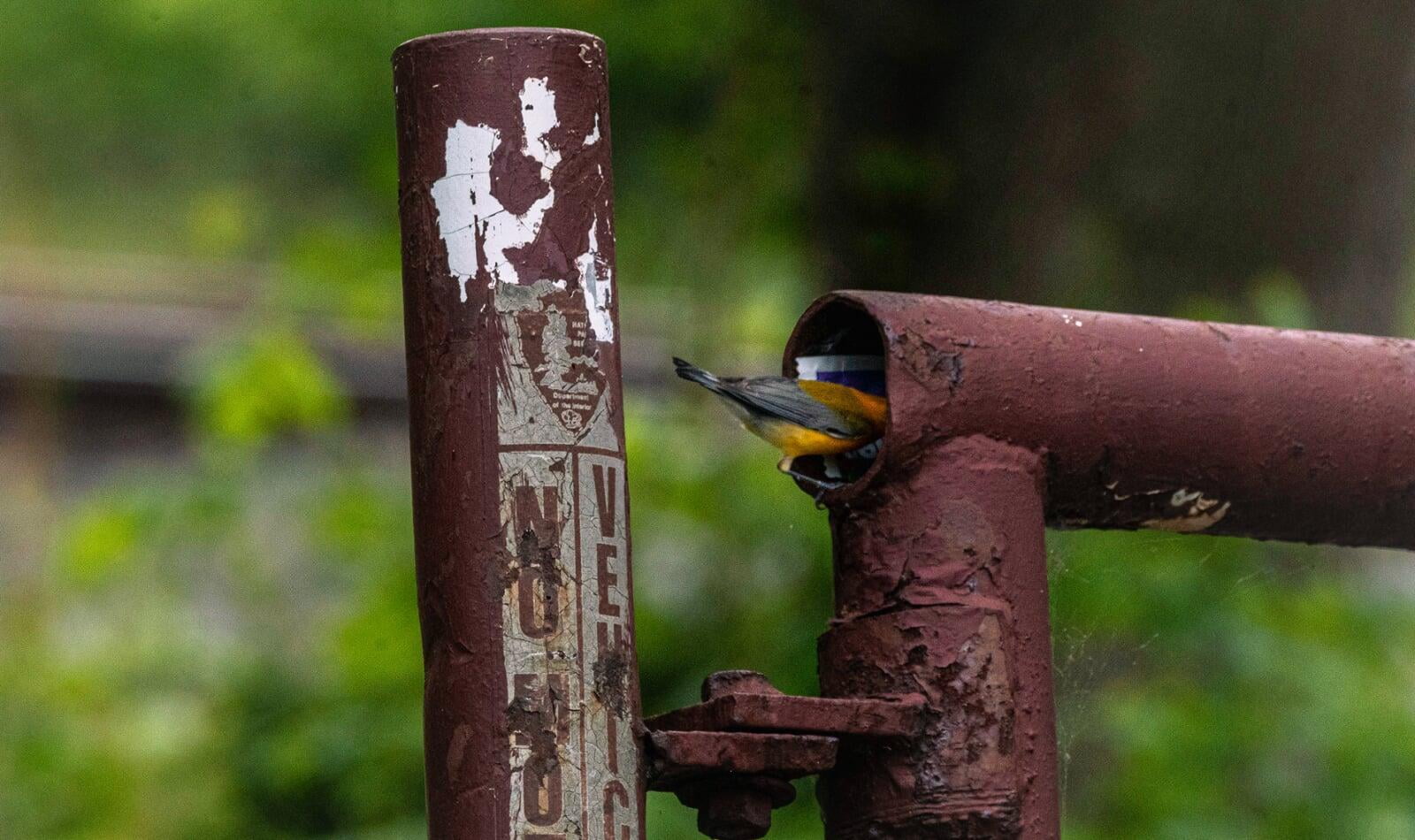
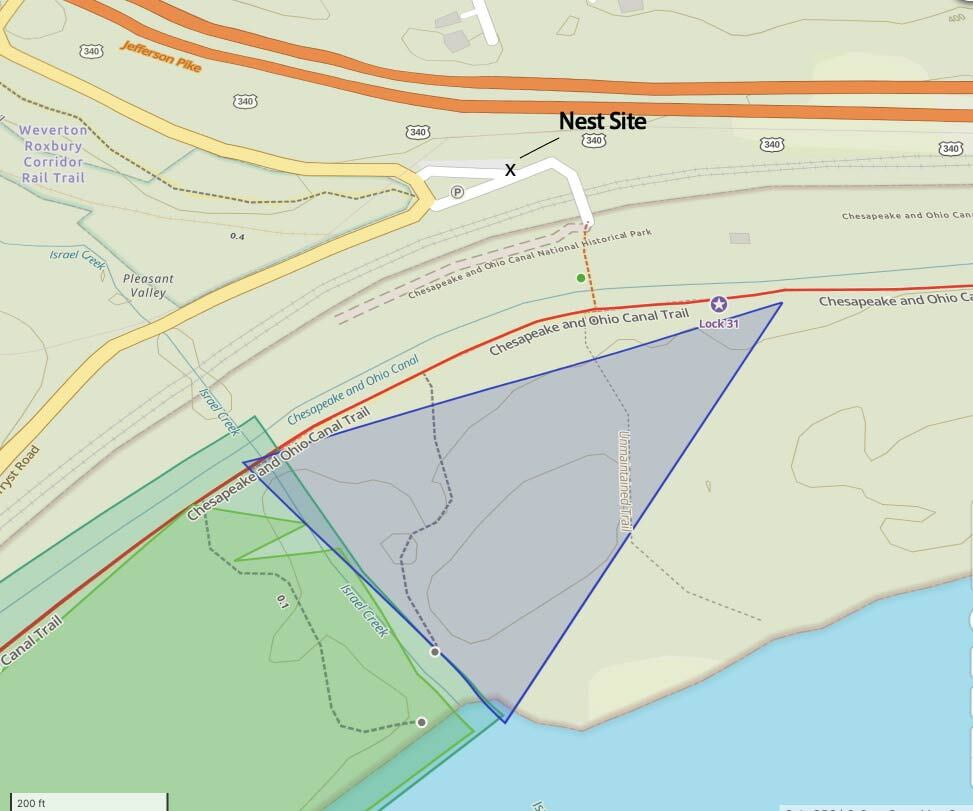
About the Protonotary Warbler
Characteristics
The Prothonotary Warbler is a medium-sized warbler, about 5 inches long and weighing about 0.7 ounces. It is bright golden yellow on the head, breast, and belly, with olive-green wings and tail. The male has a darker bill than the female.
This warbler is one of only two cavity-nesting warblers in North America. It typically nests in old woodpecker holes, but it will also use other cavities, such as those made by kingfishers or flickers. The female lays 4-6 eggs, which hatch after about 12 days.
Habitat
The Prothonotary Warbler breeds in wooded swamps, flooded bottomland forests, and forests near lakes and streams. It prefers areas with standing or slow-moving water, as it often forages for insects and other invertebrates in this habitat.
Range
The Prothonotary Warbler breeds in the eastern United States and southeastern Canada. In the winter, it migrates to Central and South America.
Population
The Prothonotary Warbler population has declined by approximately 40% in recent years due to habitat loss and fragmentation. However, it is still considered a common bird in parts of its range.
Why is it on many birders' life lists?
The Prothonotary Warbler is a beautiful and unique bird that is not easy to see. Its bright yellow plumage and its habit of nesting in old woodpecker holes make it a sought-after sight for many birders. In addition, this warbler is declining in population, so seeing one is a special experience.
If you're lucky enough to see a Prothonotary Warbler, be sure to take a moment to appreciate its beauty. This is a bird that is sure to leave a lasting impression.
Here are some tips for finding Prothonotary Warblers:
- Look for them in wooded swamps, flooded bottomland forests, and forests near lakes and streams.
- Listen for their distinctive song, which is a series of high-pitched whistles.
- Look for them foraging for insects and other invertebrates in the water or on branches.
- If you find a Prothonotary Warbler nest, be sure to stay back and give the birds plenty of space.
- Look for them in wooded swamps, flooded bottomland forests, and forests near lakes and streams.
- Listen for their distinctive song, which is a series of high-pitched whistles.
- Look for them foraging for insects and other invertebrates in the water or on branches.
- If you find a Prothonotary Warbler nest, be sure to stay back and give the birds plenty of space.

